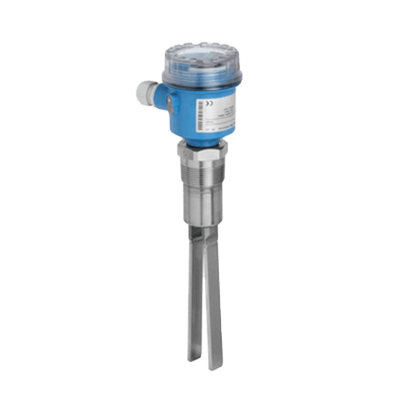What Is a Powder Level Sensor?

A powder level sensor is a measuring instrument that can detect the quantity and flow of powder through pipes and tanks.
In the past, the status of powder was checked manually by the human eye.
However, with a powder level sensor, the state of the fluid in tanks, pipes, and other lines can be monitored, allowing for more efficient management of work processes that use powders.
Some sensors can output an alarm if they detect a blockage or other abnormality in the powder flow.
Uses of Powder Level Sensors
Powder level sensors are used in factories in a variety of fields, such as food and chemical industries.
In addition to detecting the quantity and flow of powder, powder level sensors are useful in determining whether any abnormalities, such as clogging of tanks or piping in the manufacturing process, have occurred.
They are also used to distinguish lumps caused by powder hardening and to detect bridges in tanks.
When powder stored in a tank hardens in a pile at the bottom, it causes bridging. Bridging prevents powder from flowing freely, making it difficult to observe defects.
However, by using a powder level sensor, it is possible to observe that no flow is occurring and detect the problem as an abnormality.
Principle of Powder Level Sensors
The detection principle of powder level sensors differs depending on the specifications of the sensor part.
In the coil impedance method, a magnetic field and alternating current are applied to the electrode stones inside the sensor to detect using Ohm’s law.
Microwave sensors use the Doppler principle to measure by detecting the flow of powder generated as it naturally flows inside the piping.
In vibration sensors, a vibrating plate with an element generates vibration. An element with two-point support receives the vibrations, and the flow of powder is detected by sensing the decay of a certain amount of natural vibration.